Portfolio
Geological samples
Bentonite
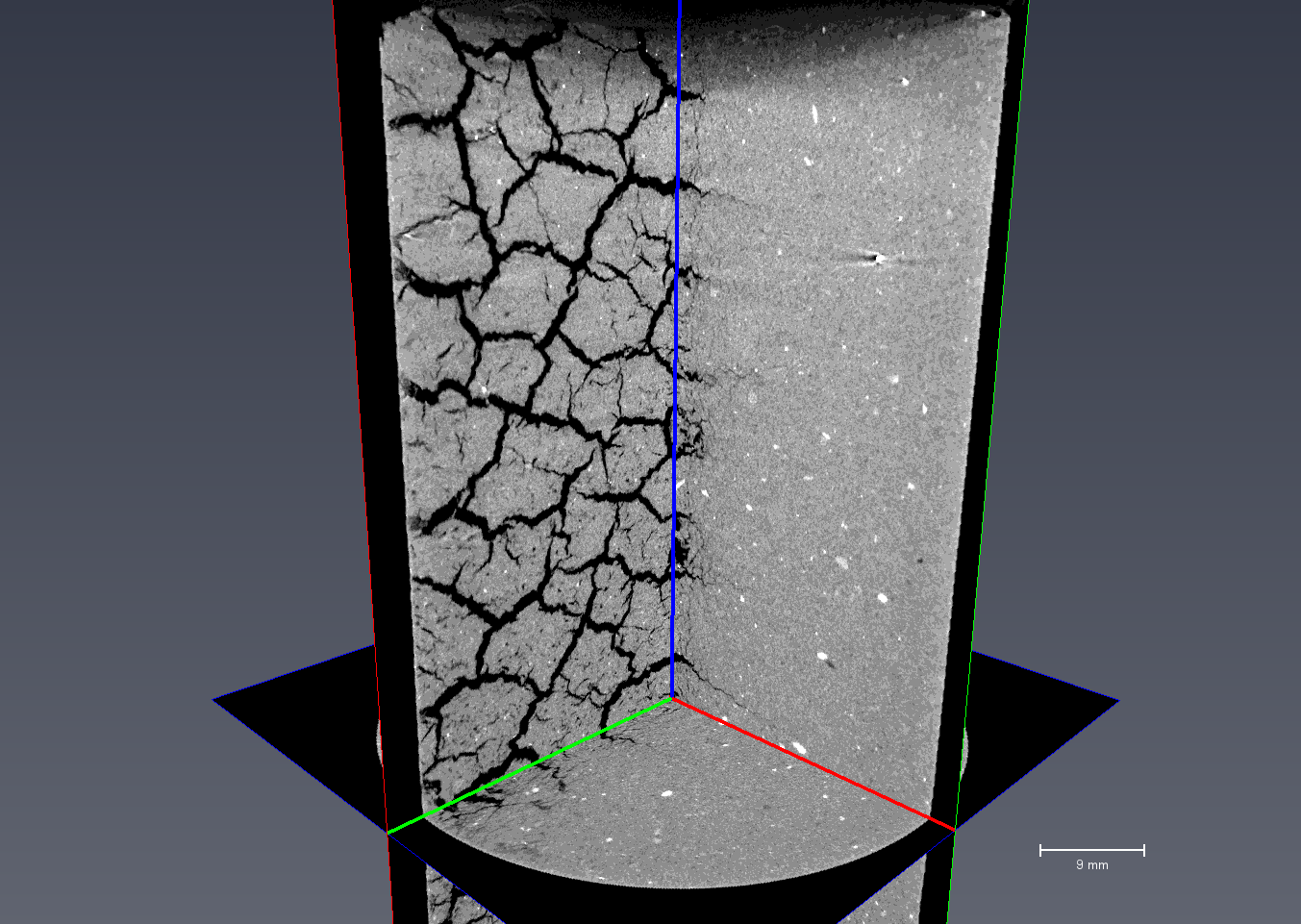

An important material in final deposition of nuclear waste, bentonite has been widely studied in many different shapes and forms.
Complex geomaterial shapes
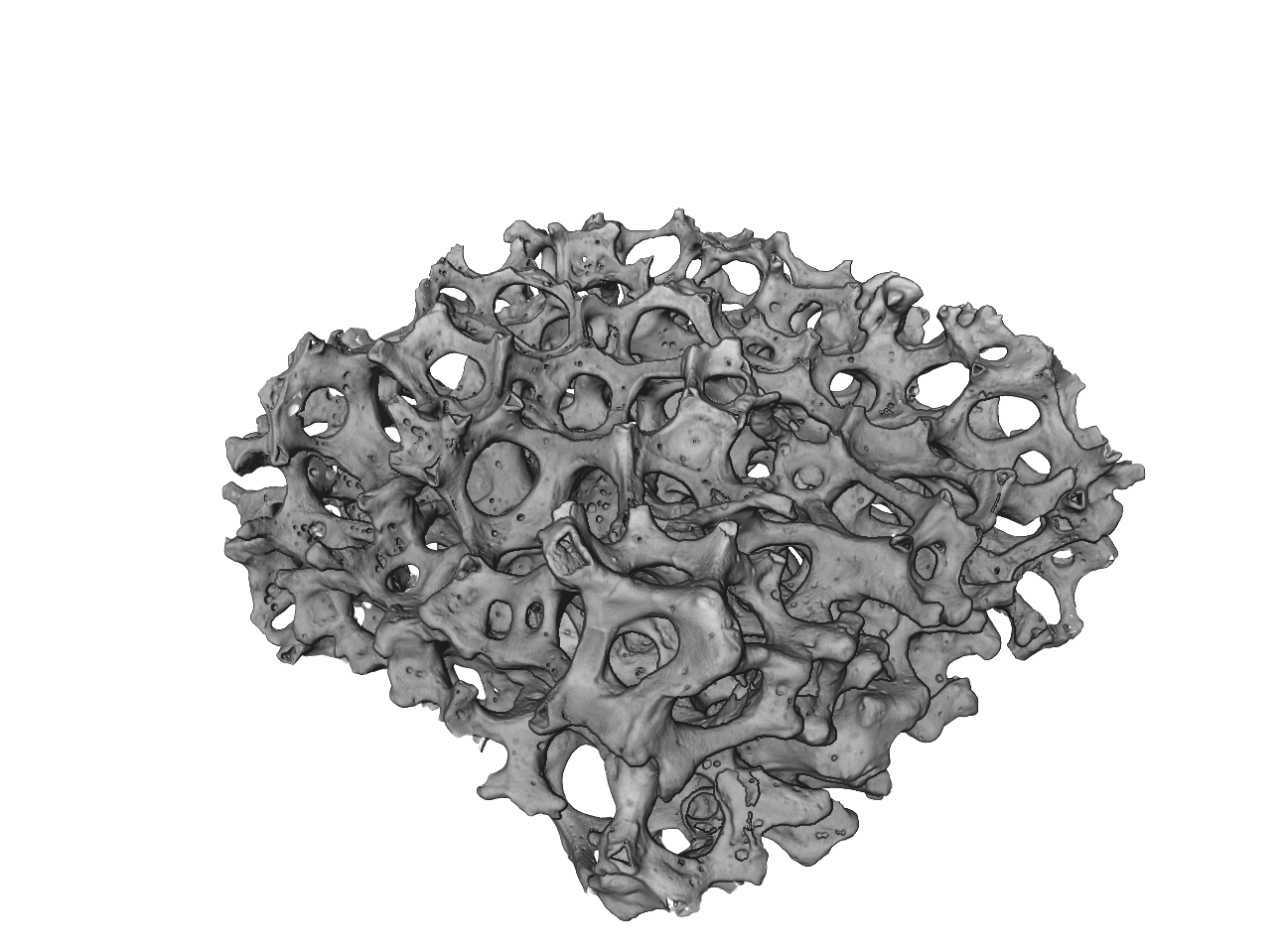
Complex shapes manufactured out of geomaterials can be characterized.
Concrete
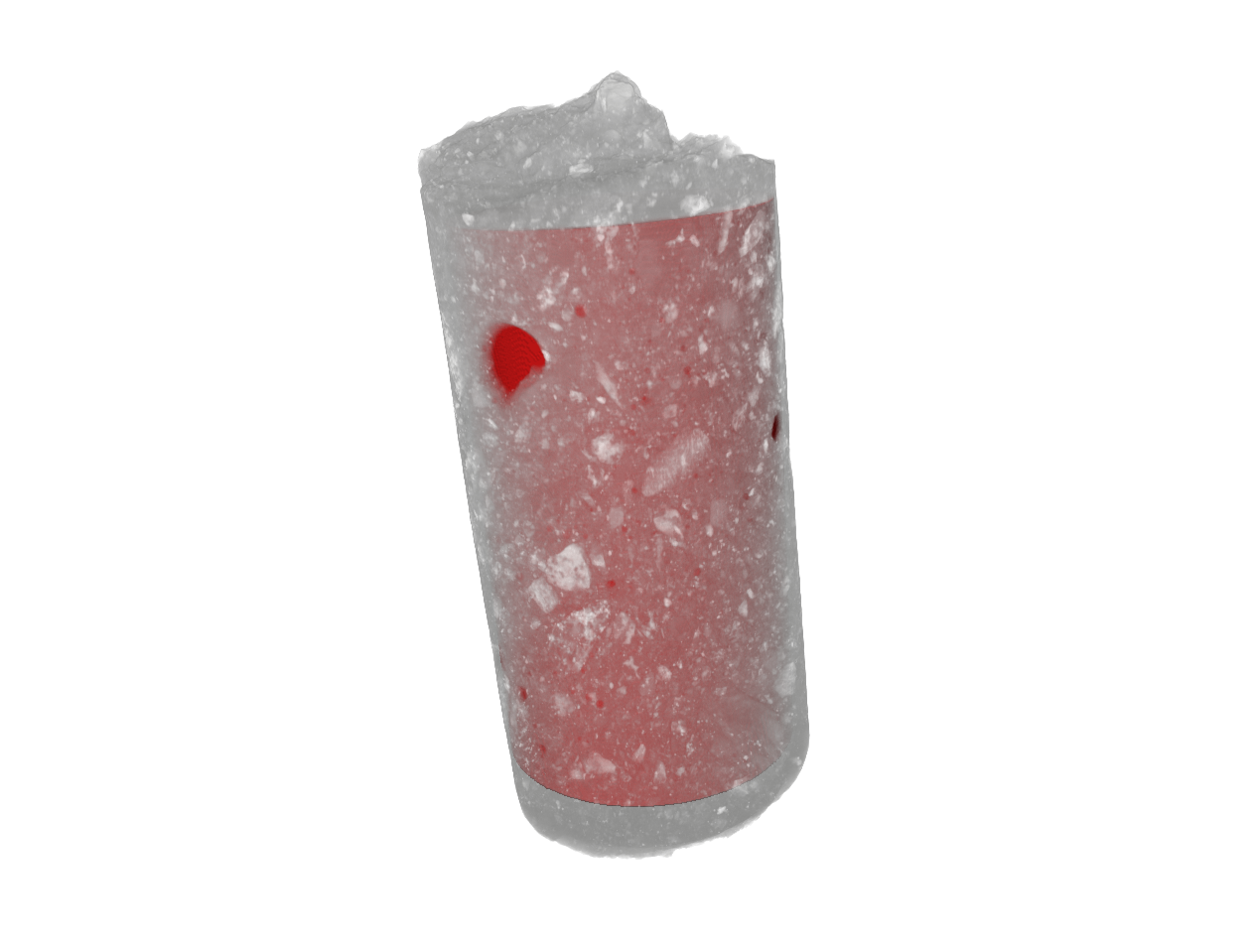
Cored or mortar.
Enriched Ore
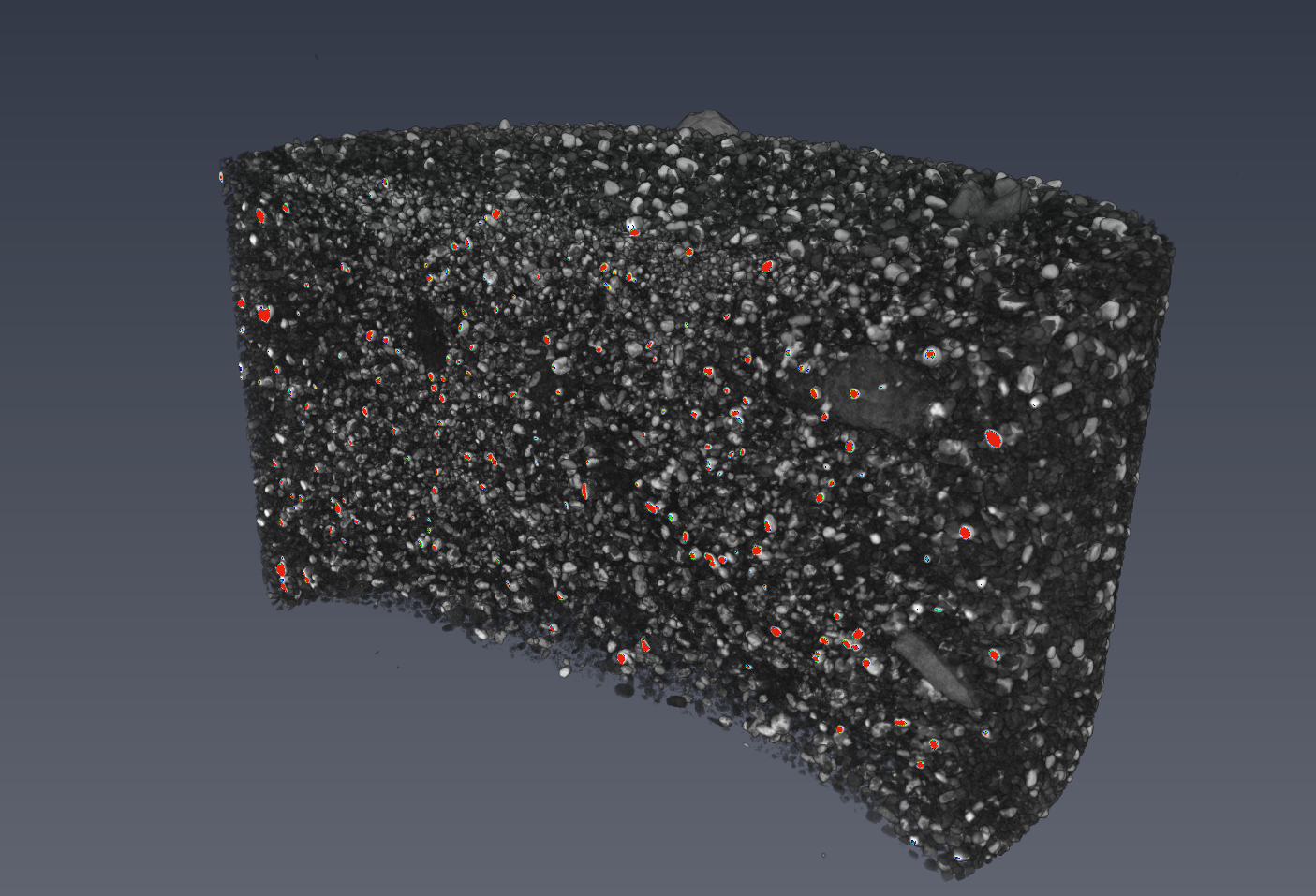
Enriched ore samples can be analyzed for amounts of precious metals quickly and automatically.
Fossils
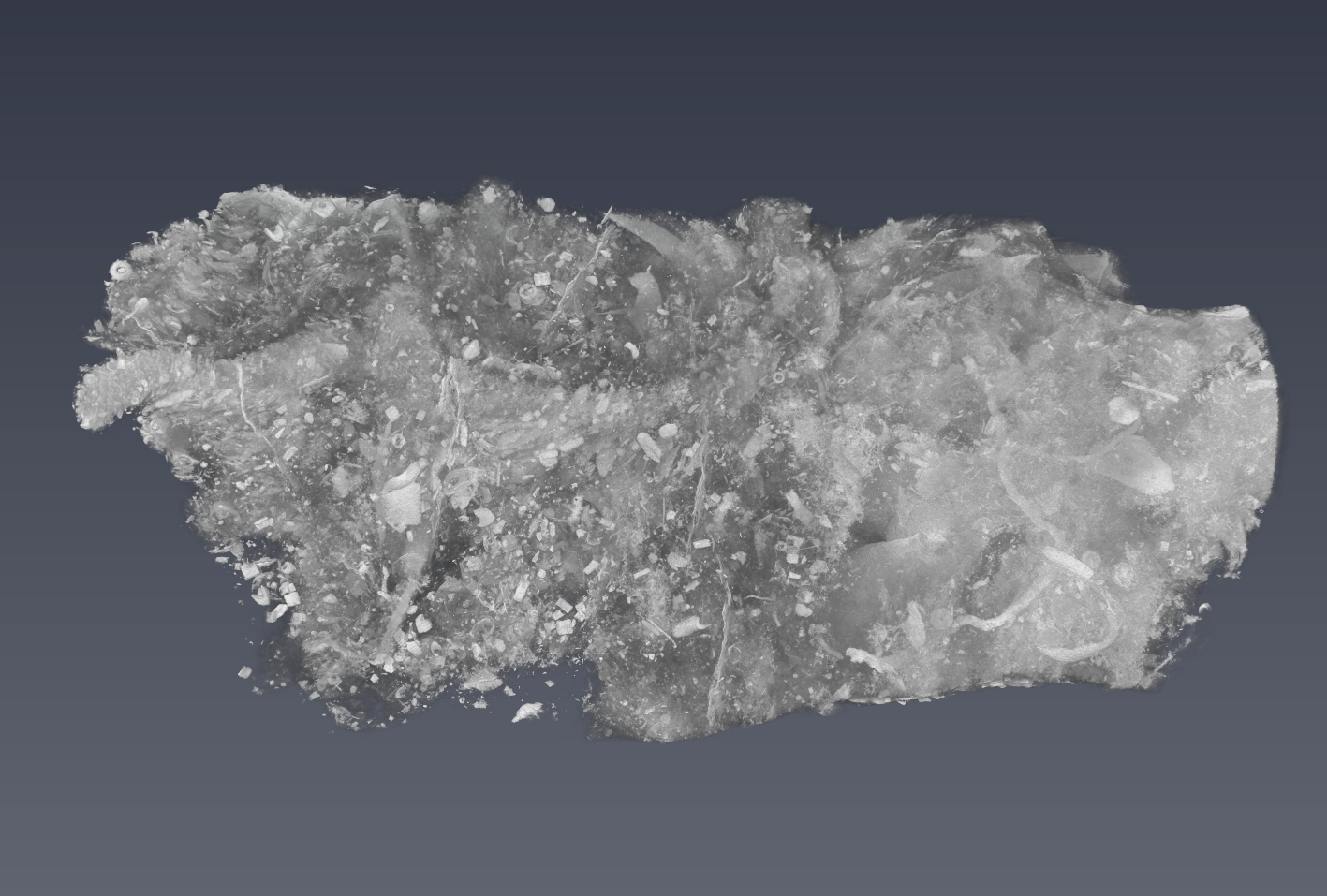
Fossils within rock samples can usually be imaged from within, keeping the rock and fossils intact.
Meteorites
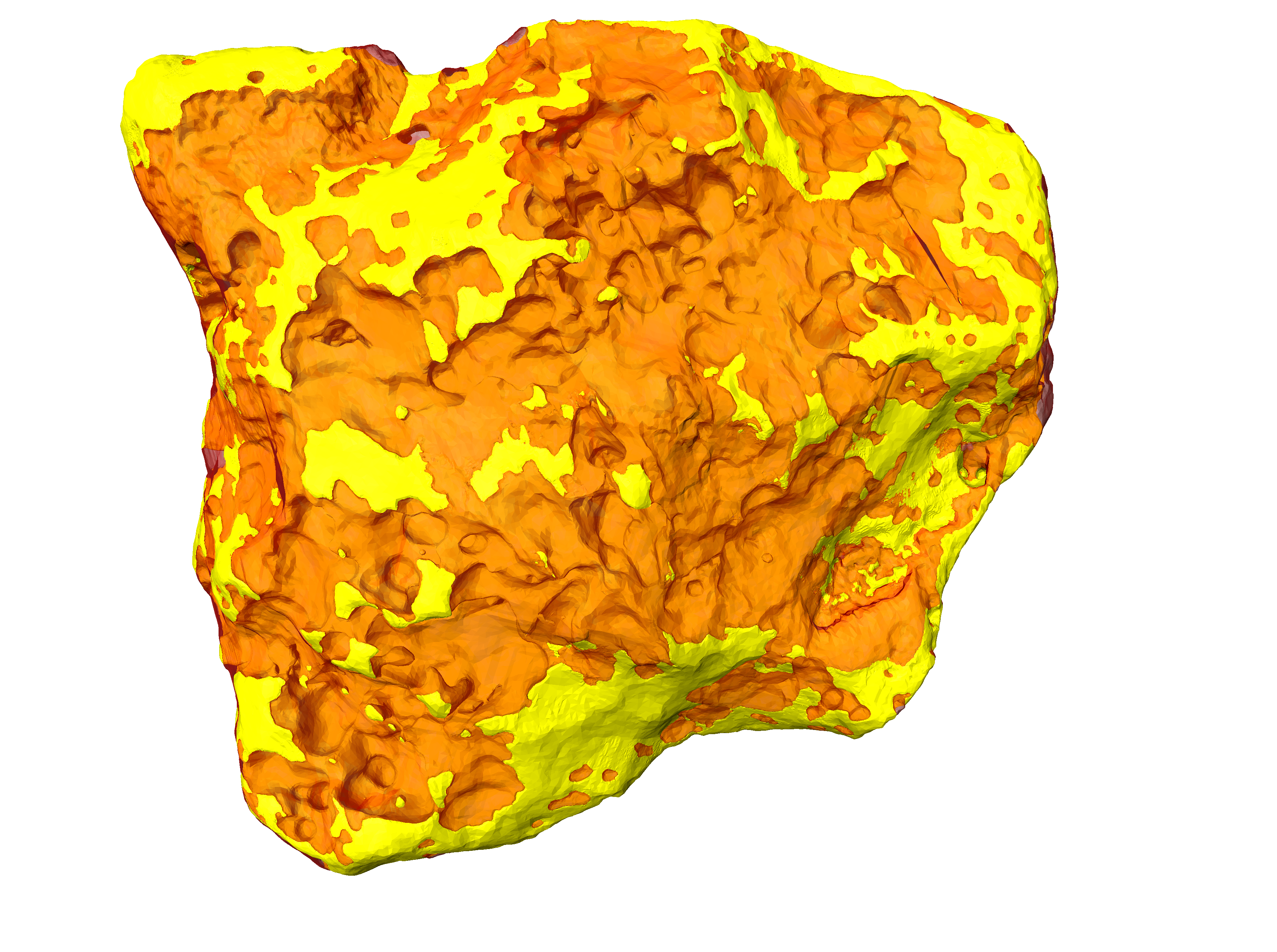
The first iron meteorite ever discovered from Finland has been imaged at GTK.
Rocks
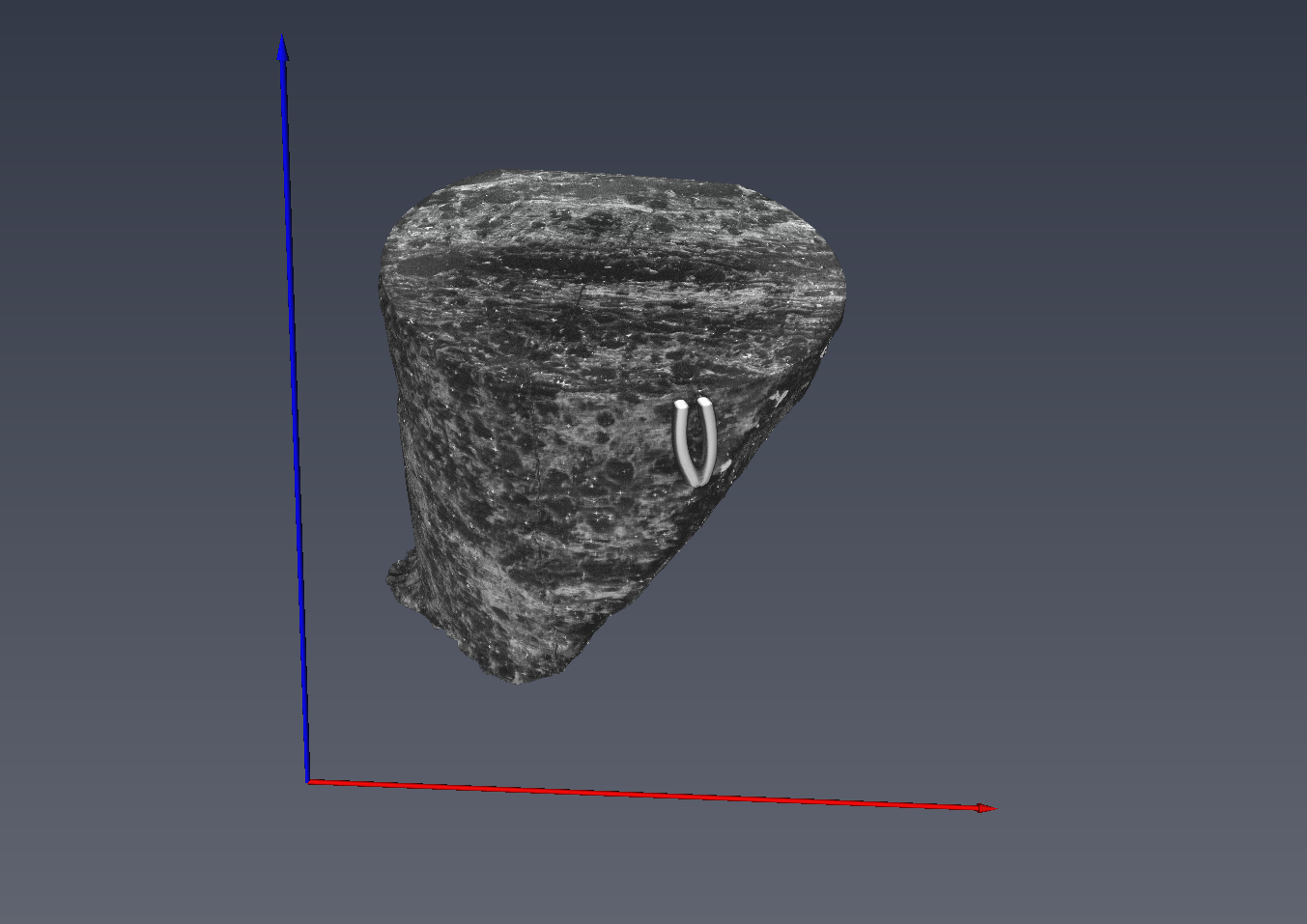
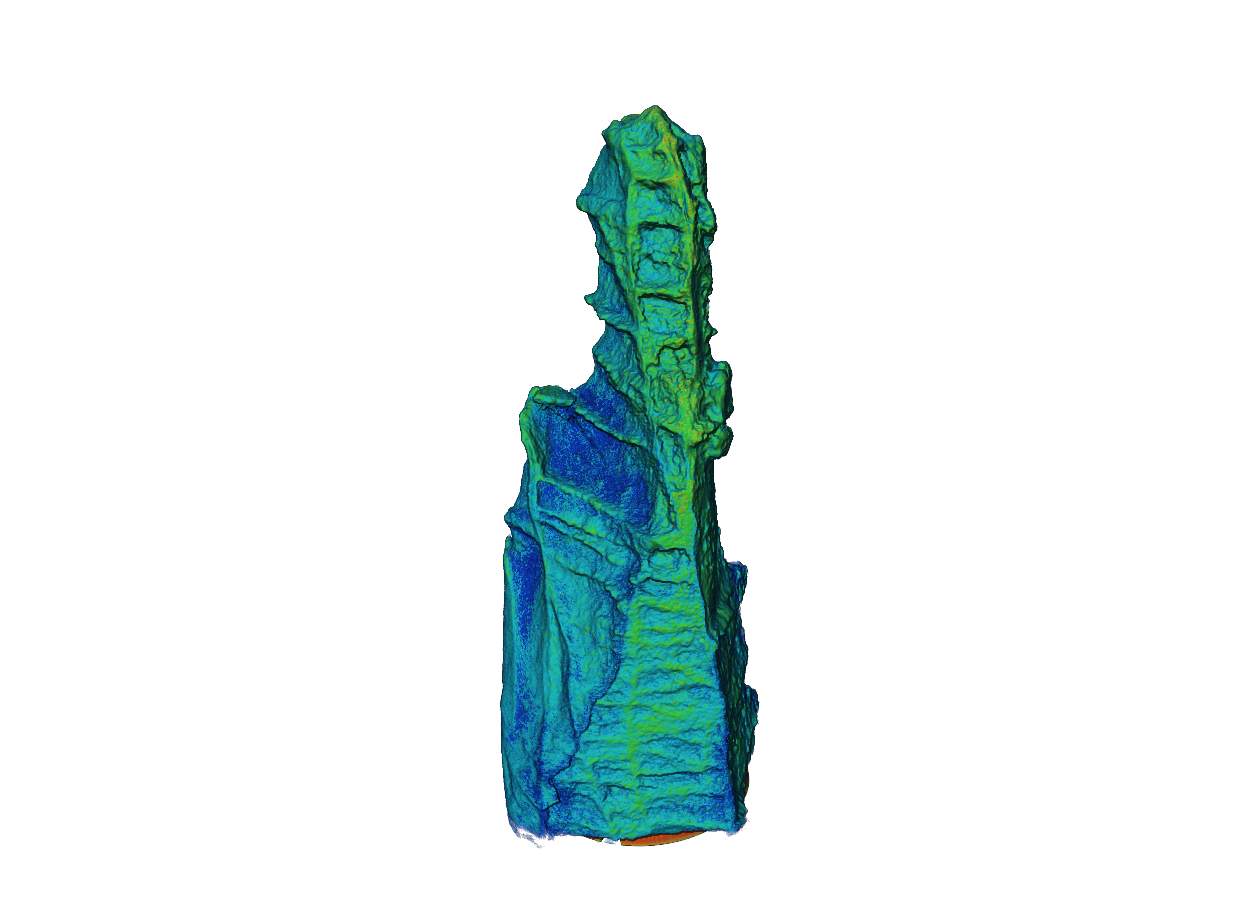
The most common type of geological samples. Drillcores are easiest and can be imaged as is, but irregularly shaped rocks have been imaged as well.
Sediments
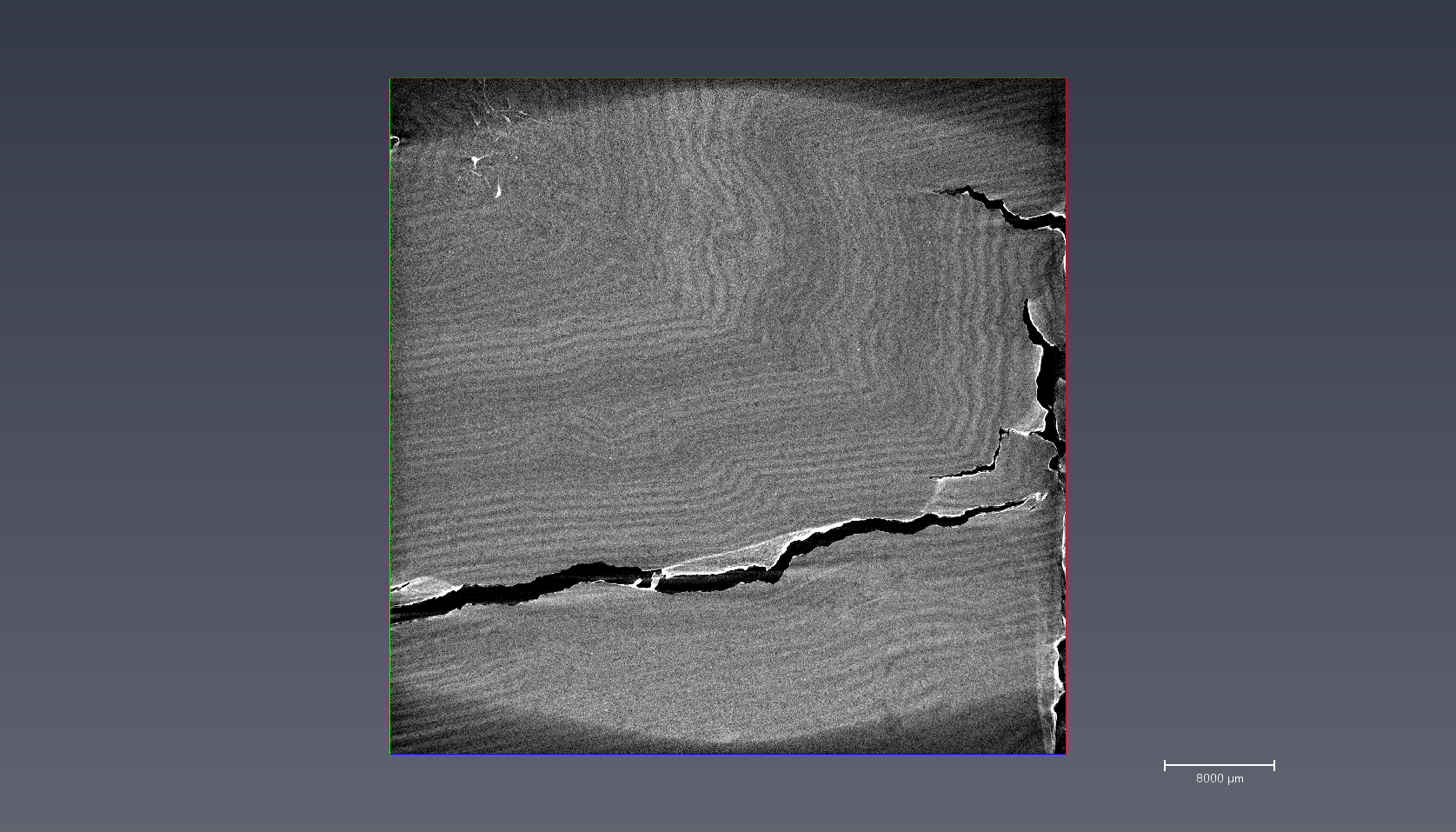
Sediments from the bottom of a lake or sea can be imaged straight through the liner.
Till
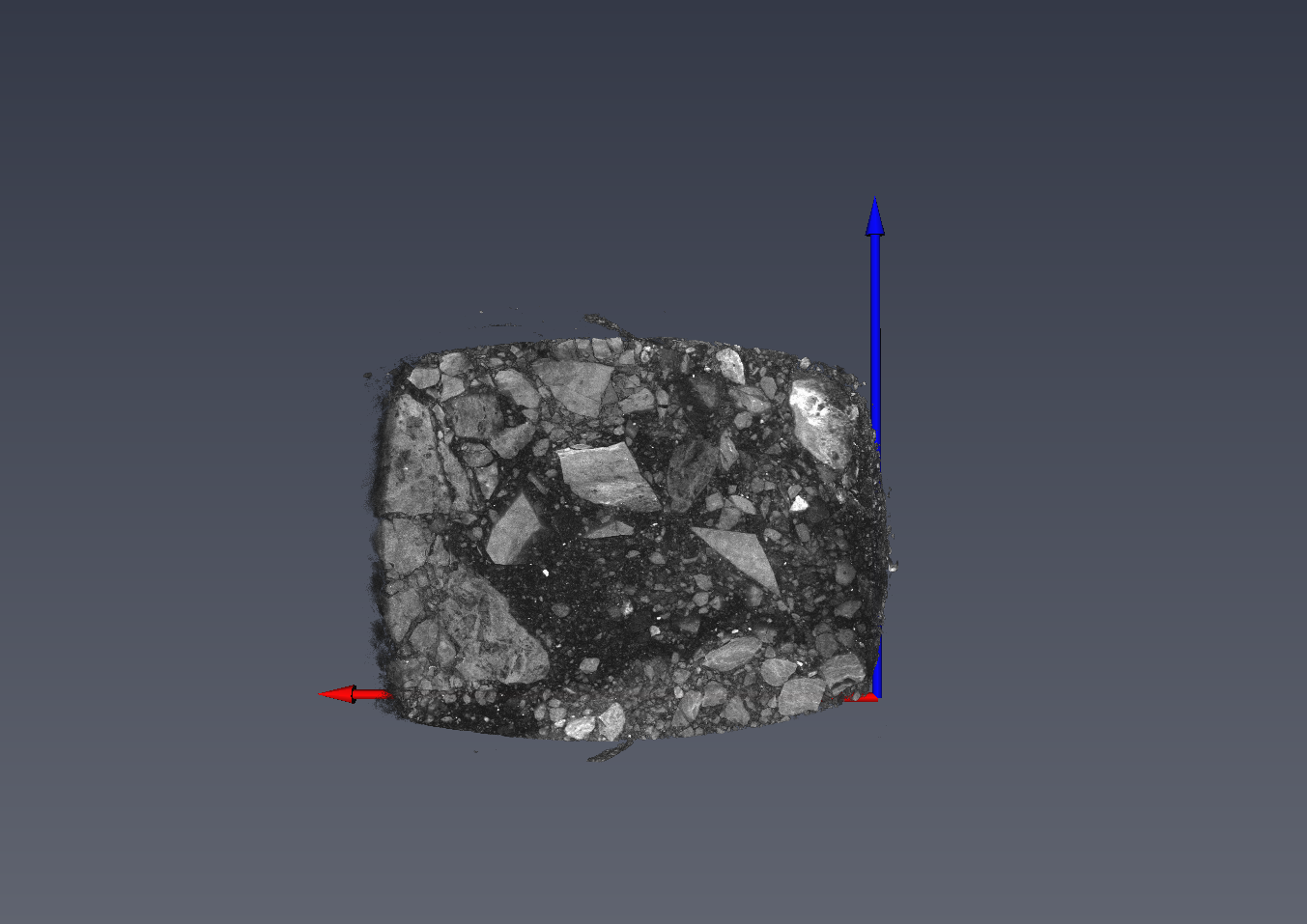
Till samples can be imaged and analyzed through the liner, saving a lot of time from manual work.
Other samples
Badminton racket
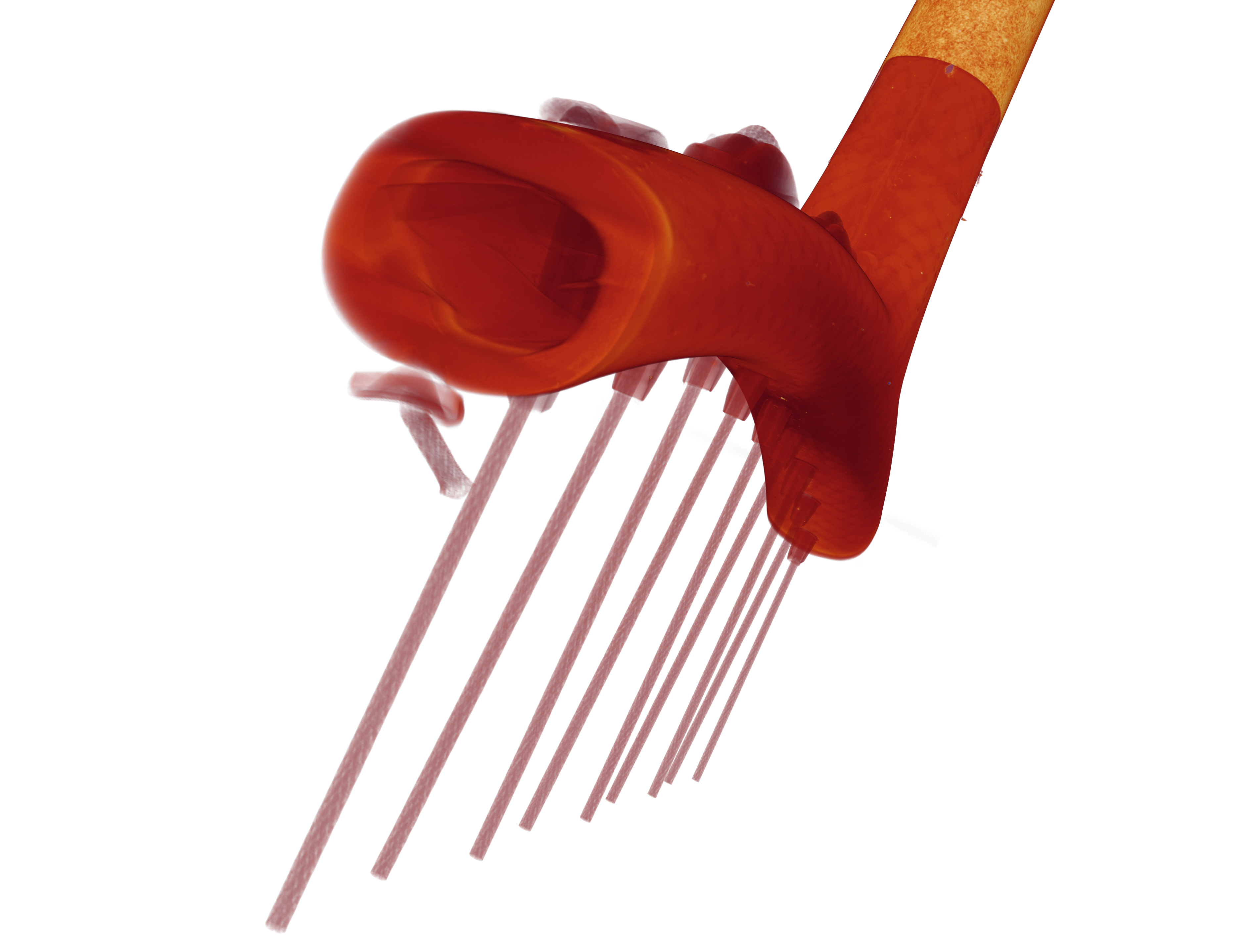
A whole badminton racket is a great example of the huge sample sizes we are capable of measuring.
Batteries
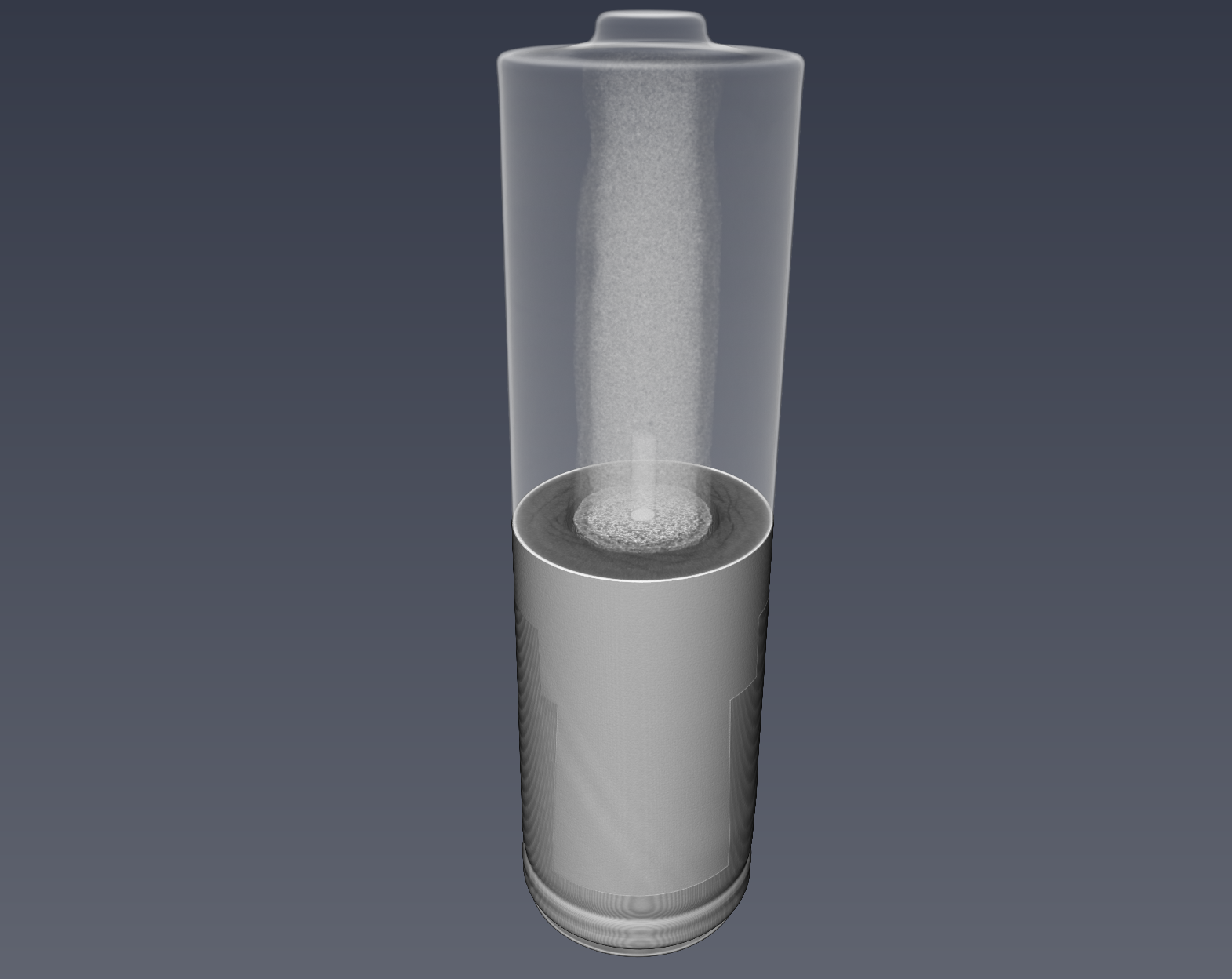
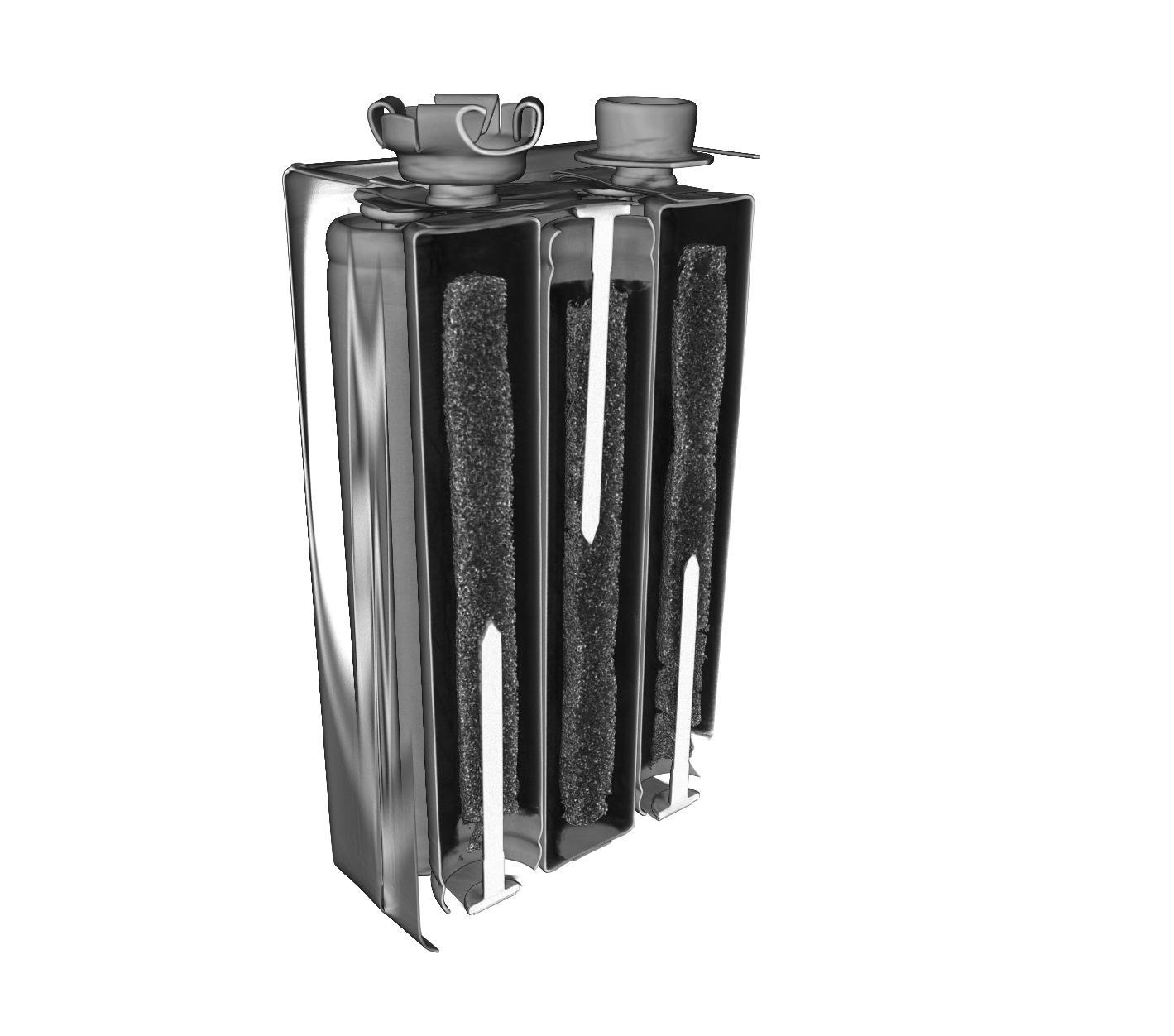
Batteries of various shapes and sizes can be imaged accurately.
Bone
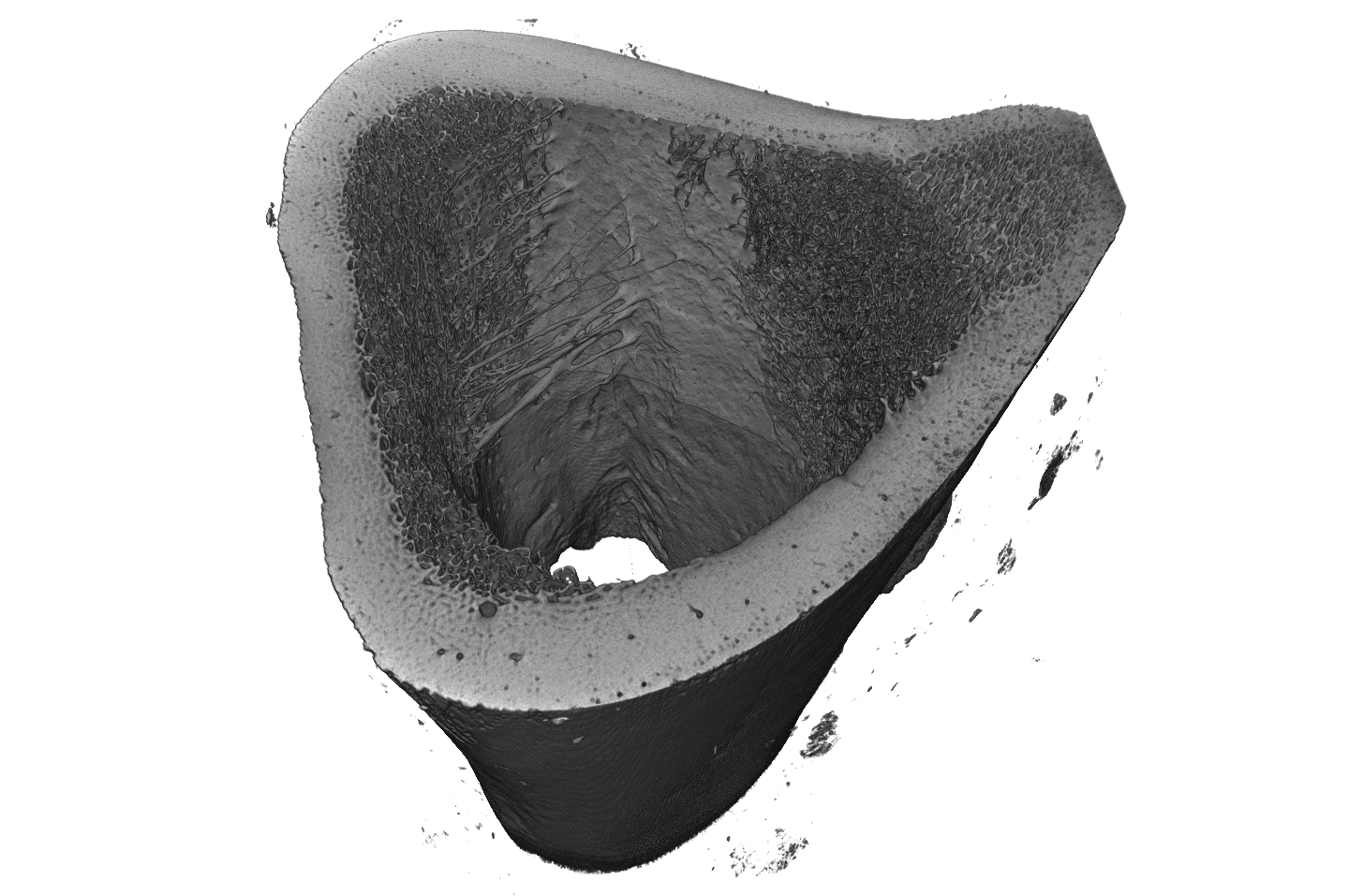
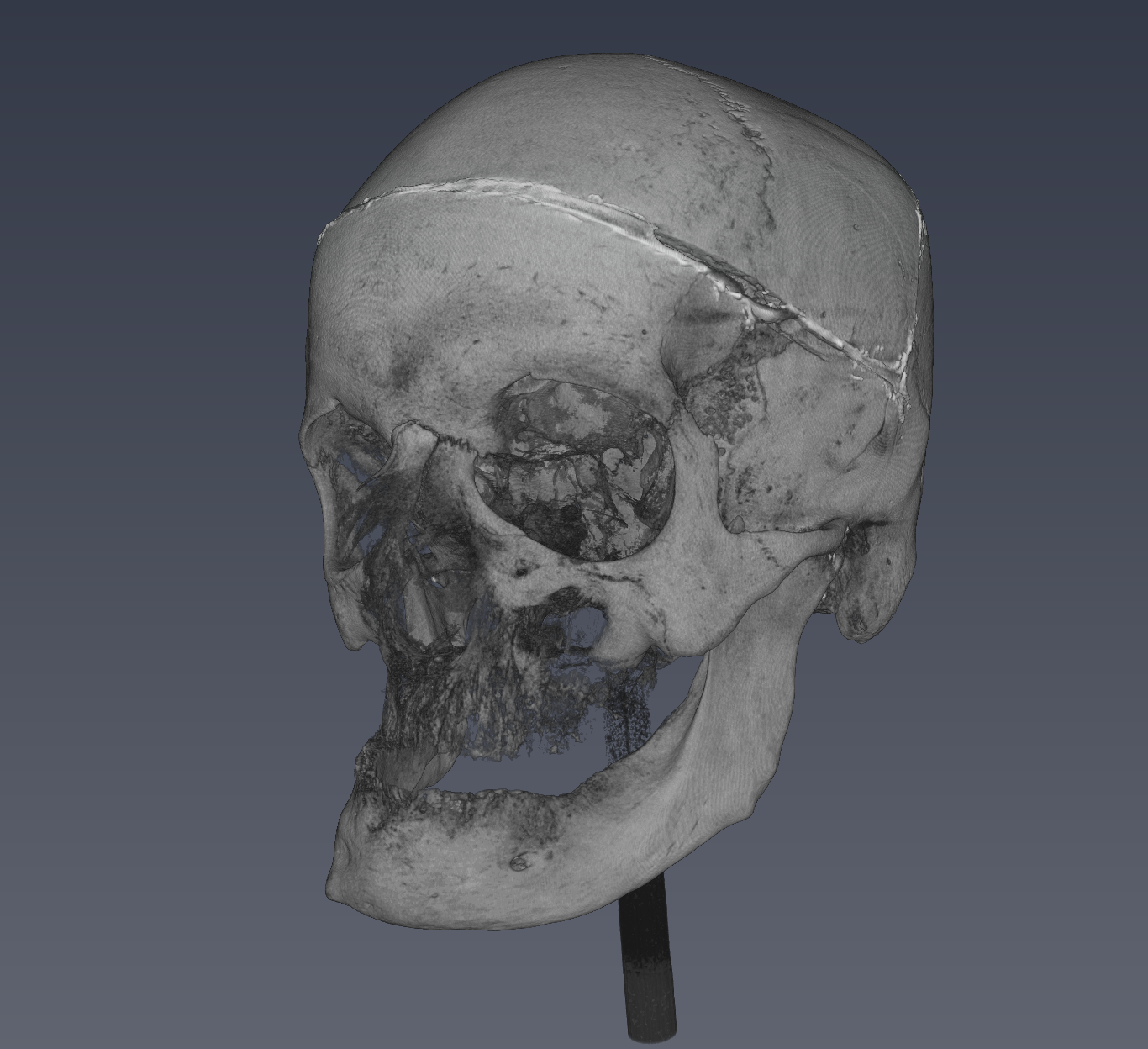
Bone is one oft he oldest and most suitable sample materials for XCT.
Electronics

Electronic devices and their circuitry can be non-destructively observed.
Mechanical devices
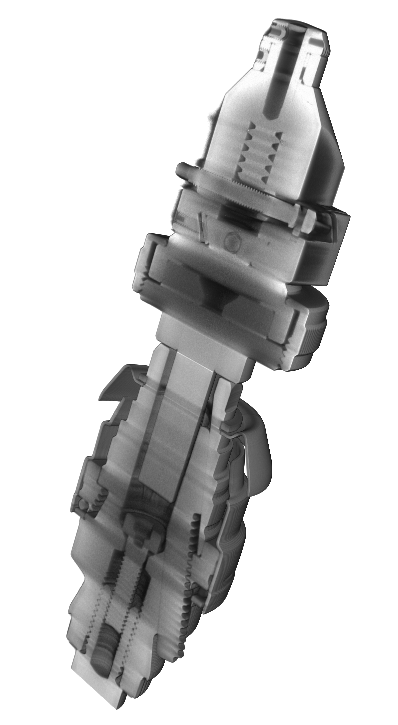
XCT can reveal the inner workings of mechanical devices, such as a gonyometer or a drill chuck.
Metal
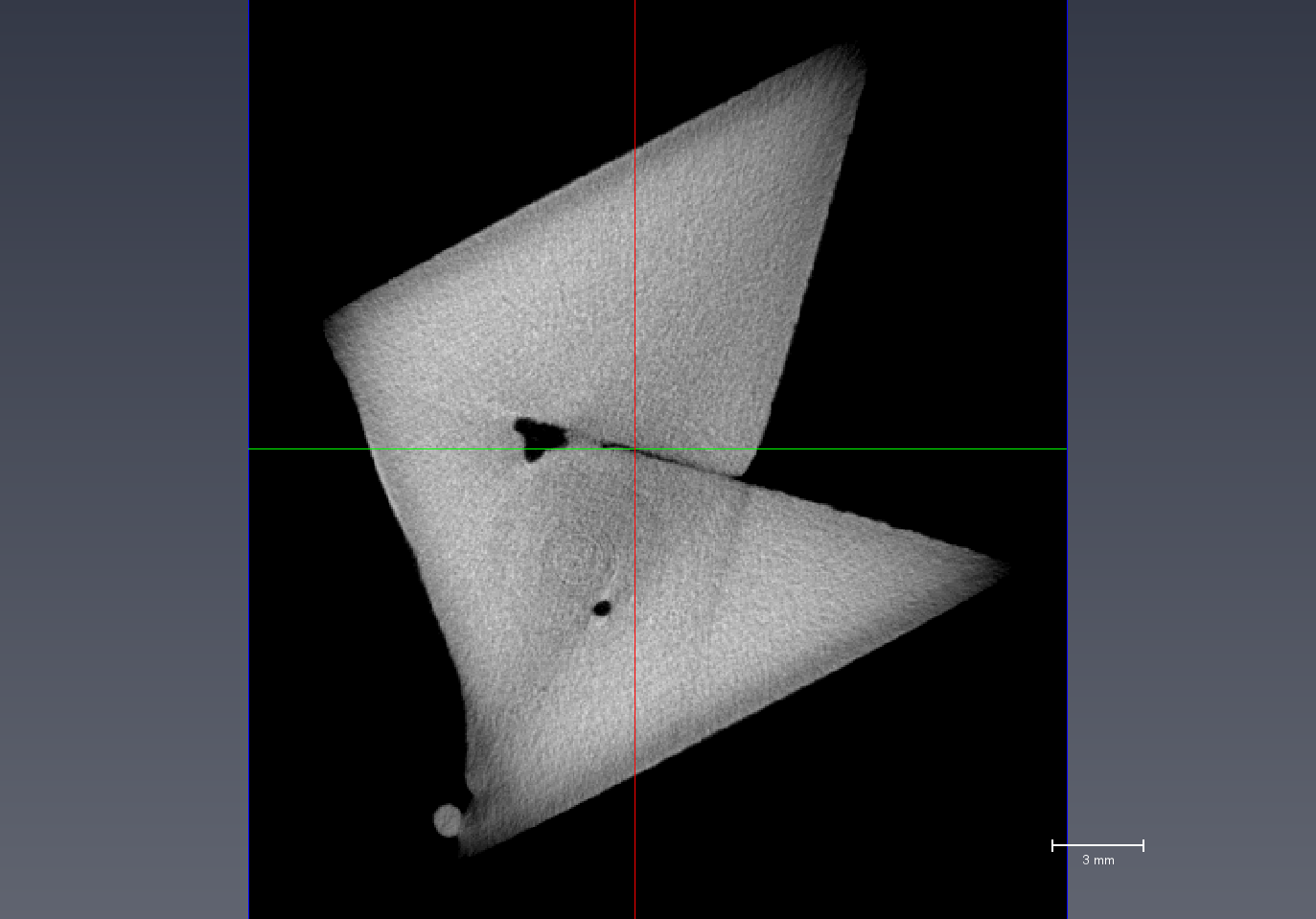
Metal samples, such as weld joints, can be investigated for faults. Additive manufacturing / 3D printing of metals is also one active research area.
Wood
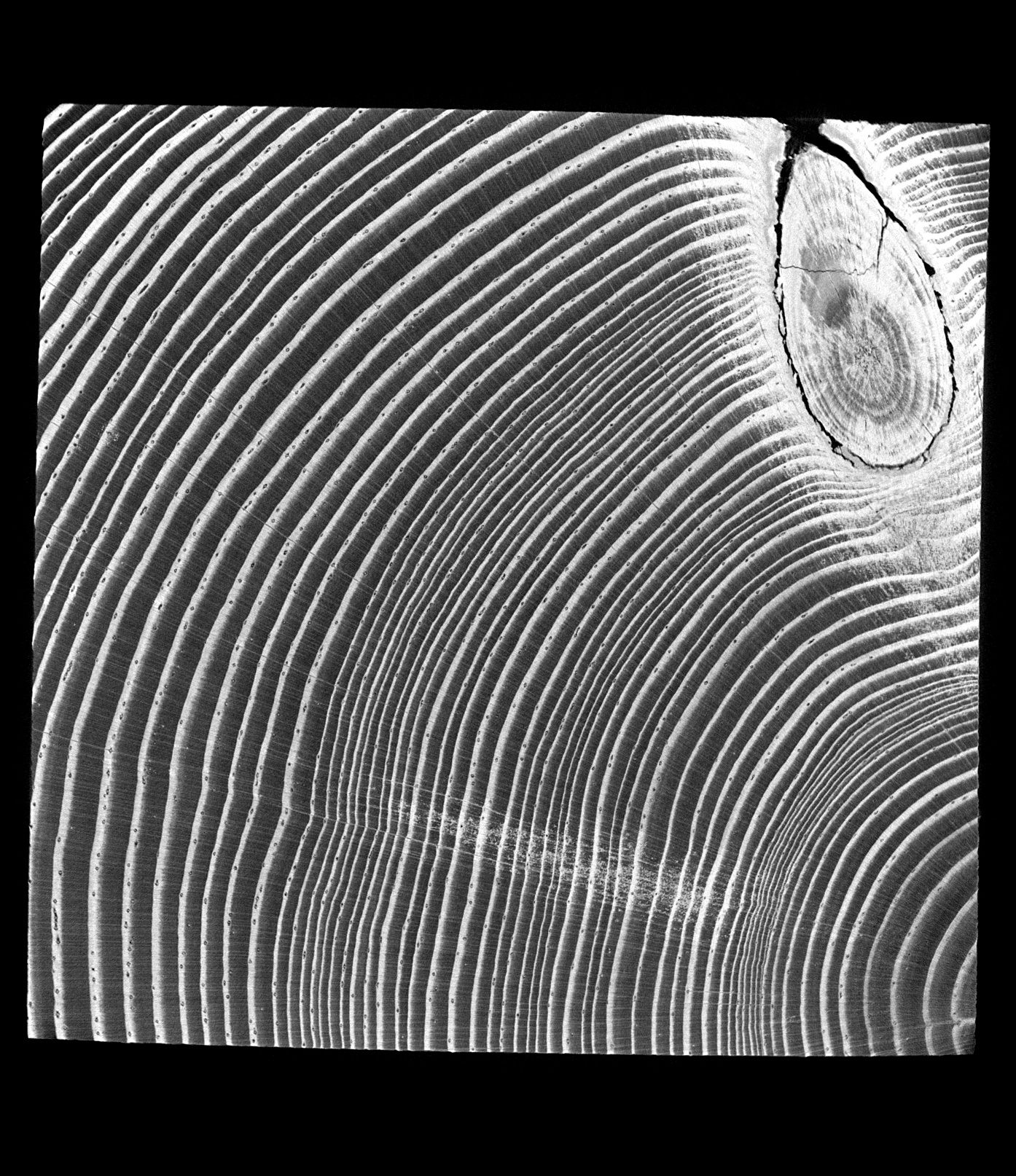
Wood is also a suitable research material, with reasonable density and density contrast.




